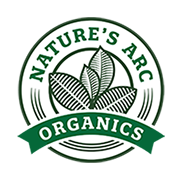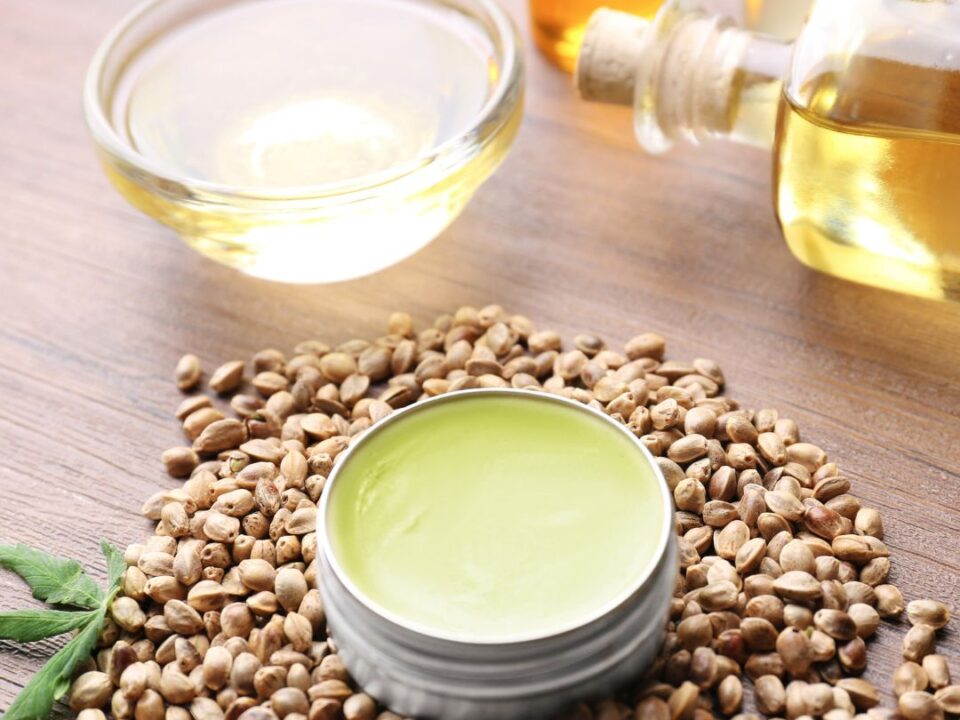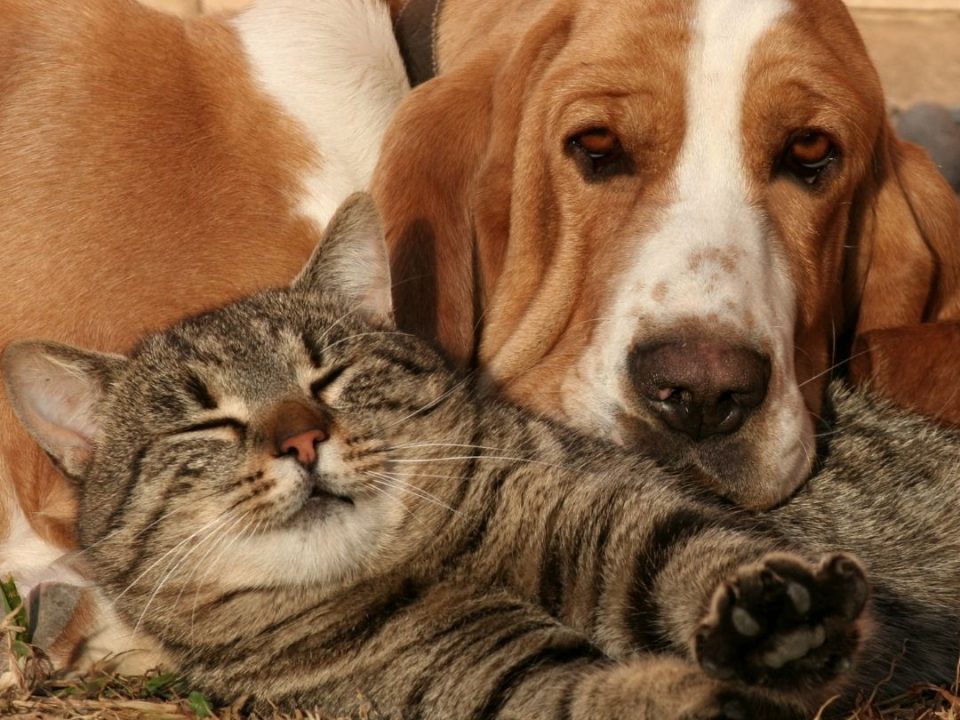CBD is something that we hear a lot about nowadays. We see it in lip balms, smoking devices, coffee drinks, and gummies. With so much information available to us, it’s easy to get confused about what it is and how it’s even made. Whether you use CBD oil every day or you’re just interested in getting some more information, it’s worth knowing more about it. So continue reading and we’ll walk you through what CBD oil is and also how CBD oil is made.
What Is CBD?
CBD is a chemical compound that is produced in the Cannabis Sativa plant. There are two main varies of Cannabis Sativa: hemp and marijuana.
The hemp plant contains high levels of CBD and low levels of THC. CBD, which stands for cannabidiol, has been known to relieve inflammation among other benefits.
THC, which stands for tetrahydrocannabinol, contains psychoactive properties and is responsible for the notorious “marijuana high.” CBD is not intoxicating and cannot get you high.
As opposed to hemp, the marijuana plant contains high levels of THC and low levels of CBD.
Now that we have a better understanding of what CBD is, let’s go over how CBD oil is made.
Carbon Dioxide Extraction
One of the most popular ways to extract CBD oil from hemp is by using carbon dioxide. This method takes advantage of carbon dioxide’s unique characteristics that let it function in gas, liquid, and solid states of matter. A closed-loop extractor is usually used for this method.
Carbon dioxide extraction begins with a solid piece of carbon dioxide that gets pumped into a chamber that contains cannabis material. The chamber is maintained at a certain pressure so that the carbon dioxide remains in a liquid state. It’s then able to absorb the flavors and oils of the plant.
The cannabinoid-carbon dioxide mixture is then pumped into another chamber where the carbon dioxide is returned to a gas state. This leaves the flavors and oils from the plant behind.
Liquid Solvents
Using liquid in order to absorb CBD oil from the hemp plant doesn’t stop with carbon dioxide. Substances that are more readily available in a liquid state are also utilized. These substances include butane, isopropyl alcohol, ethanol, and hexane.
The process here works a lot like how it does with carbon dioxide extraction.
Using liquid solvent extraction to extract CBD oil is easier and cheaper than extracting with carbon dioxide. However, it does have its disadvantages.
Some solvents can carry impurities or chlorophyll from the plant. Chlorophyll can give the oil a greenish color and also make the oil taste bitter.
Oil Infusion
One of the oldest ways of extracting CBD oil is with oil infusion. In fact, this is the way that many home producers and growers use today. Although it has some downsides, it’s a fairly straightforward method.
Before you begin your oil infusion, you first want to decarboxylate the plant material. This means you’ll have to heat it to a certain temperature in order to activate compounds.
You’ll then add it to a substance such as olive oil and heat the mixture for a few hours at 100 C. Because you can’t evaporate olive oil out of the CBD oil, you’re going to have to use a lot of CBD oil.
Winterization
If you want to harvest pure and high-quality CBD oil, then you’re going to have to learn about winterization. In this process, you remove any undesirable substances so that you’re left with pure CBD.
It’s important to point out that this is a part of harvesting CBD isolate, which is different from full-spectrum CBD. Full-spectrum CBD keeps all of those substances.
After you have extracted the oil, you’ll combine it with 200-proof alcohol and then freeze it overnight. The next day, it will be ready to go through a filter. The filter will be able to remove the fats and other materials.
When the oil gets to the quality that you want, you can heat the mixture until the alcohol boils away. CBD has a higher boiling point than alcohol, so you don’t have to worry about losing any CBD.
Distillation
If you want to refine your oil even further, you can run it through a method that’s known as short path distillation. This process takes advantage of the fact that different compounds in oil each have their own boiling points.
If you wanted to obtain CBD oil in its purest form, you could boil off the different compounds but stop before you boil the actual oil.
Short path distillation begins by gradually heating the CBD solution until the extraneous compounds start to boil away. The vapors that are formed in this process move through a distillation tube until they reach coils. The vapors then condense.
After that, they drip down into a separate collection container. This process continues until only pure CBD oil is left.
The Importance of Knowing How CBD Oil Is Made
It’s important to recognize that CBD isn’t just some magic substance that comes out of thin air. By understanding how CBD oil is made and the many processes that it has to go through, you can walk away with a better appreciation for this already powerful product. When you look to buy CBD products, you want to pick items that are pure and natural.
Are you looking for high-quality and organic CBD products that can be delivered right to your door? If so, then contact us today and see what we can do for you.
These statements have not been evaluated by the Food and Drug Administration. This product is not intended to diagnose, treat, cure, or prevent any disease.





